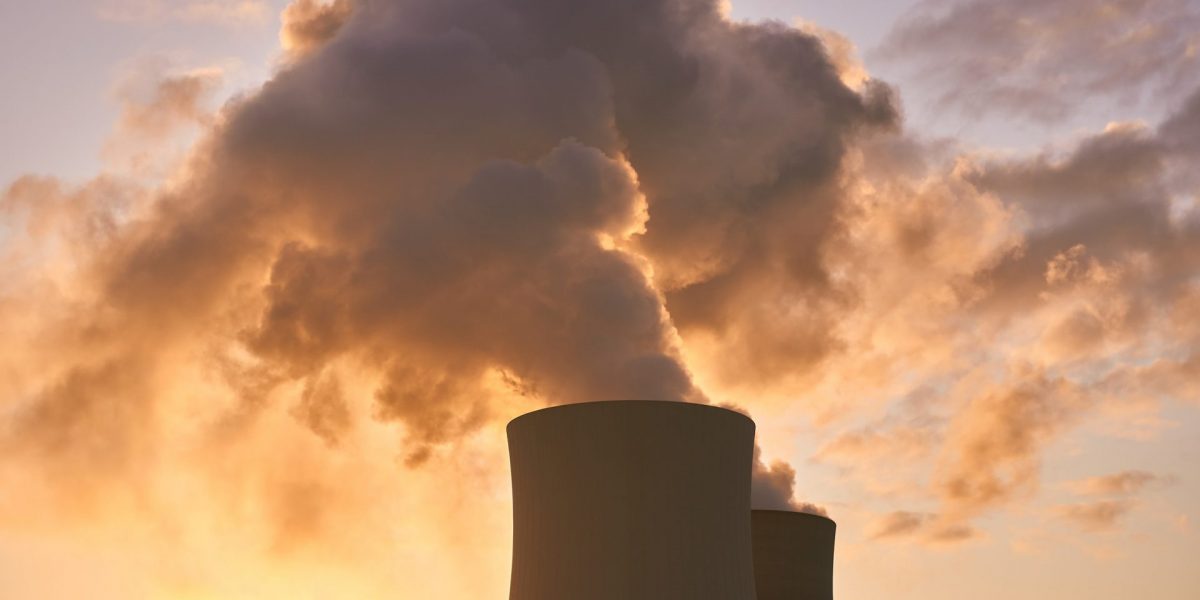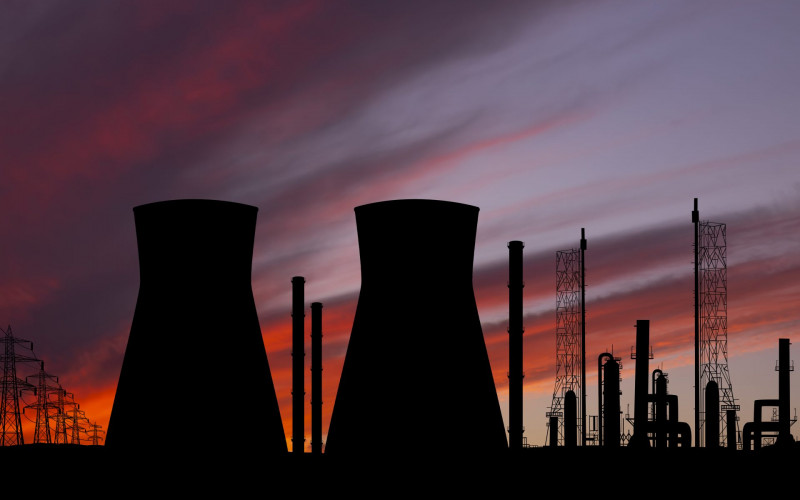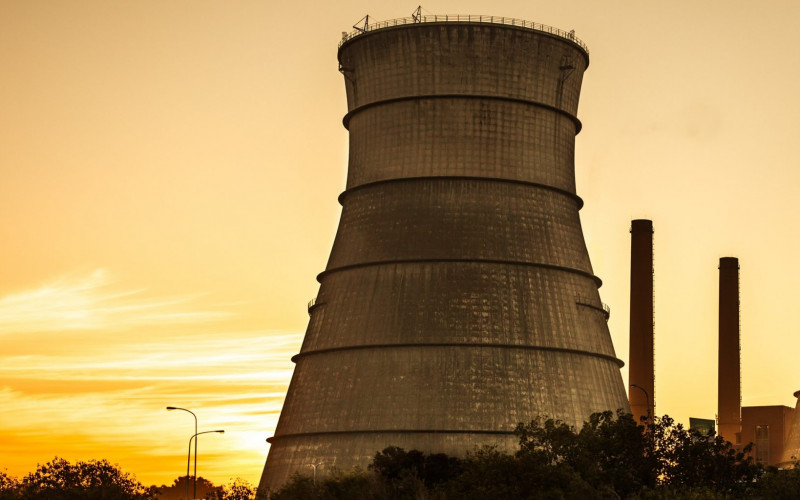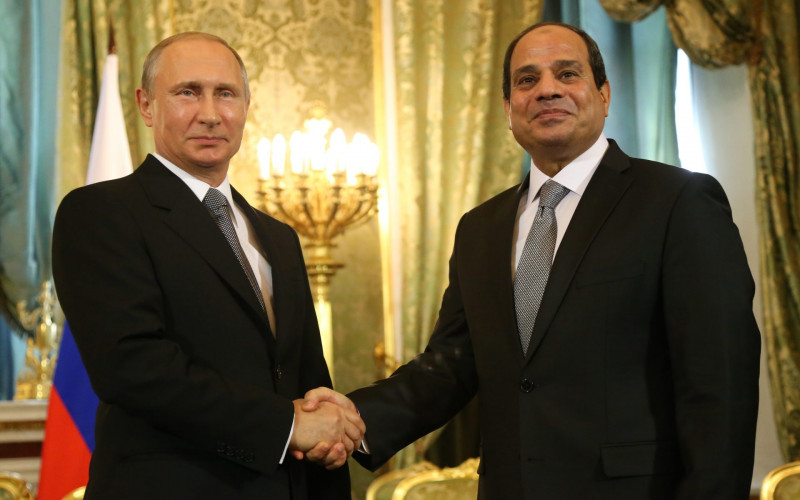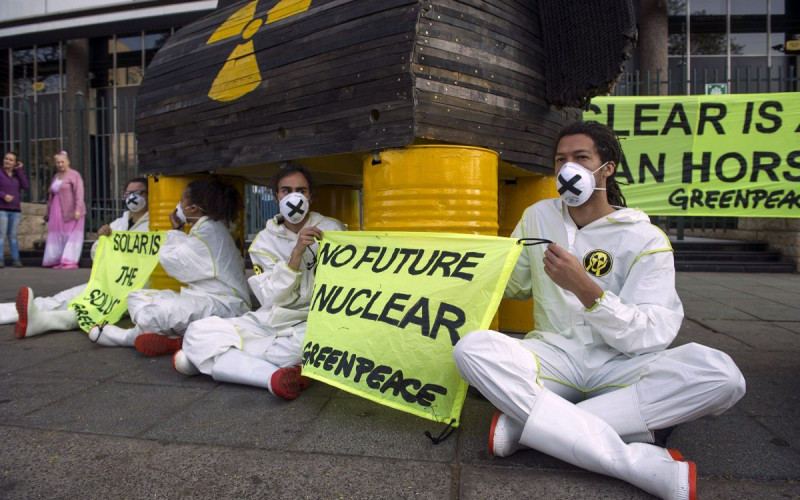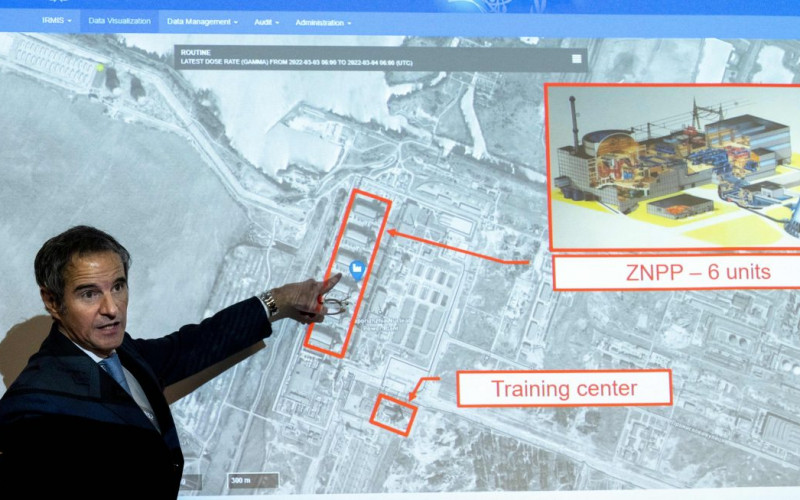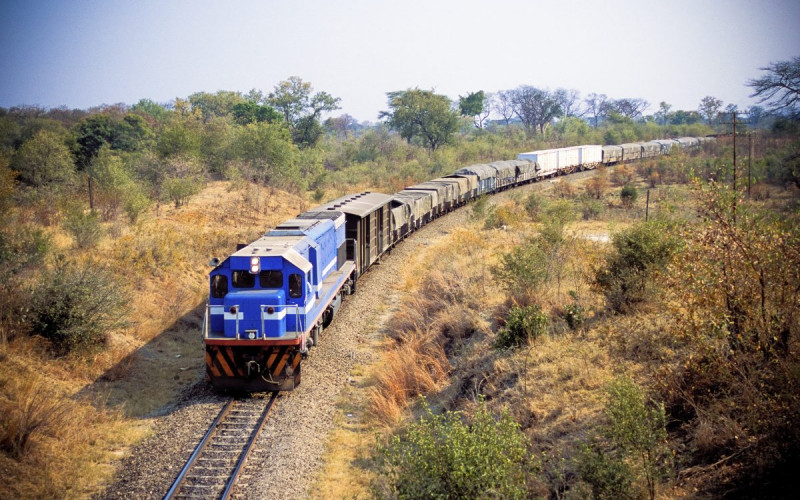Many of us have a false impression that international bodies such as the International Atomic Energy Agency (IAEA) are responsible for ensuring the safety of nuclear power plants. However, this is a misconception. The IAEA does not have enforcement powers or direct responsibility for nuclear safety.
Instead, the IAEA provides guidance, conducts peer reviews and issues recommendations, but it is ultimately up to each national government to ensure that nuclear facilities within its territory are operated safely. So, in the case of South Africa’s Koeberg, the IAEA can assess the site and provide expert opinions or recommendations, but the South African government – through the National Nuclear Regulator and other relevant authorities – retains full responsibility for determining what is considered safe, based on their own regulatory frameworks and risk assessments. At the same time, nuclear accidents know no borders. Incidents such as Chernobyl in Ukraine (1986) and Fukushima in Japan (2011) demonstrate that radioactive contamination can spread through atmospheric and oceanic pathways far beyond the site of the disaster, with far-reaching global implications. A decision taken by a single government can affect not only its neighbouring countries, but also dozens of others, even those located on other continents.
Zaporizhzhia
The Russian invasion of Ukraine in 2022 has created a set of unprecedented challenges for nuclear experts, most notably, the military occupation of a fully operational nuclear power plant in the Zaporizhzhia region. While the city of Zaporizhzhia itself is not occupied, Enerhodar – where the nuclear power plant is located – has been under Russian occupation since March 2022 and remains on the frontline between Russian and Ukrainian forces. The IAEA has shown leadership in its efforts to ensure the safety of the occupied facility; however, it faces several limitations.
First, the IAEA may only monitor the situation at the Zaporizhzhia Nuclear Power Plant and has access only to the areas that the Russian government has approved. Thus, some parts of the Zaporizhzhia Nuclear Power Plant, where military forces or military equipment are held, might not be available for monitoring. Second, the IAEA’s Fundamental Safety Principles, approved in 2006, set out the core standards for nuclear safety. The IAEA monitoring mission has documented violations of all these principles at the Zaporizhzhia Nuclear Power Plant.
In response to the ongoing risks, IAEA Director-General Rafael Grossi proposed five concrete principles in May 2023, aimed at safeguarding nuclear safety and security during armed conflict. However, the incident on 14 February 2025 – when a Russian drone strike punctured the Chernobyl nuclear power plant’s roof and triggered a fire that took three weeks to extinguish – underscores that the threat of attack on nuclear installations remains persistent. Crucially, there is still no enforcement mechanism in place to ensure these principles are upheld. The occupying government holds full responsibility for all nuclear risks that might occur at the Zaporizhzhia Nuclear Power Plant, but the impact might be global again. It is one of the 10 largest nuclear power plants in the world. Currently, it is in cold shutdown; however, Russian officials are constantly openly speaking of their plans to restart the Zaporizhzhia Nuclear Power Plant.
Restarting the Plant
Alexei Likhachev, head of Russia’s state nuclear corporation Rosatom, declared in 2023 that they are working on restarting the station. Just a few days ago, another official asked “for the fastest possible launch of all six units of the station”. This is despite urgent safety concerns surrounding the plant, even in its current cold shutdown, non-operational mode.
A recent Greenpeace report suggests that Russia is building new power lines in occupied Ukrainian territory to link the Zaporizhzhia Nuclear Power Plant to the Russian grid. Despite the urgent and ongoing safety concerns, Greenpeace’s investigation demonstrates that Russia’s plans are more than just wishful thinking and empty words. Since February this year, Russia has constructed 90km of an electricity grid line and pylons in occupied Ukrainian territory between Mariupol and Berdiansk. The direction of construction indicates that the new electricity line will be connected to a substation in the occupied city of Melitopol and to another in Mariupol to the east. Ultimately, this development confirms Russia’s plans to connect the nuclear plant to Russia’s electricity grid so that the Zaporizhzhia Nuclear Power Plant can supply electricity to Russia.
Torture
Beyond this, research released by the Ukrainian human rights organisation Truth Hounds in 2023 showed a pattern of the systematic torture of Zaporizhzhia Nuclear Power Plant employees by the Russian occupying administration. A new report planned for release by the organisation in July 2025 will further elaborate on these findings, including new evidence of widespread, systematic torture. Truth Hound’s findings indicate that a Russian nuclear company, Rosatom, is complicit in the abuse of civilians and the plant’s employees, which often occurs within the plant itself and has resulted in at least six people being tortured to death. Another report by RUSI suggests that, while there is no evidence that Rosatom staff have performed the torture themselves, “staff seem to have played a critical role in the process by identifying uncooperative Ukrainian personnel to the FSB” (Russia’s Federal Security Service).
Kakhovka Dam
Importantly, following Russia’s reckless destruction of the Kakhovka Dam in 2023, the nuclear plant was effectively cut off from its water source, which is essential for cooling processes and the plant’s overall safety. Russia has also placed landmines in the vicinity of the plant. The plant has additionally suffered from qualified personnel shortages since Russia’s occupation, and general degradation of its equipment due to a lack of maintenance.
After more than three years of full-scale war, international norms continue to be violated at the Zaporizhzhia Nuclear Power Plant, and the nuclear risks that governments are willing to tolerate are placing all of us in danger. Regulatory violations and staff abuses at Zaporizhzhia Nuclear Power Plant have been well documented and must be acknowledged by those who plan future nuclear procurement. It remains up to individual governments to decide who best to cooperate with.
But can anyone truly remain non-aligned when it comes to compromising on nuclear safety?
This article was first published in the Daily Maverick.

